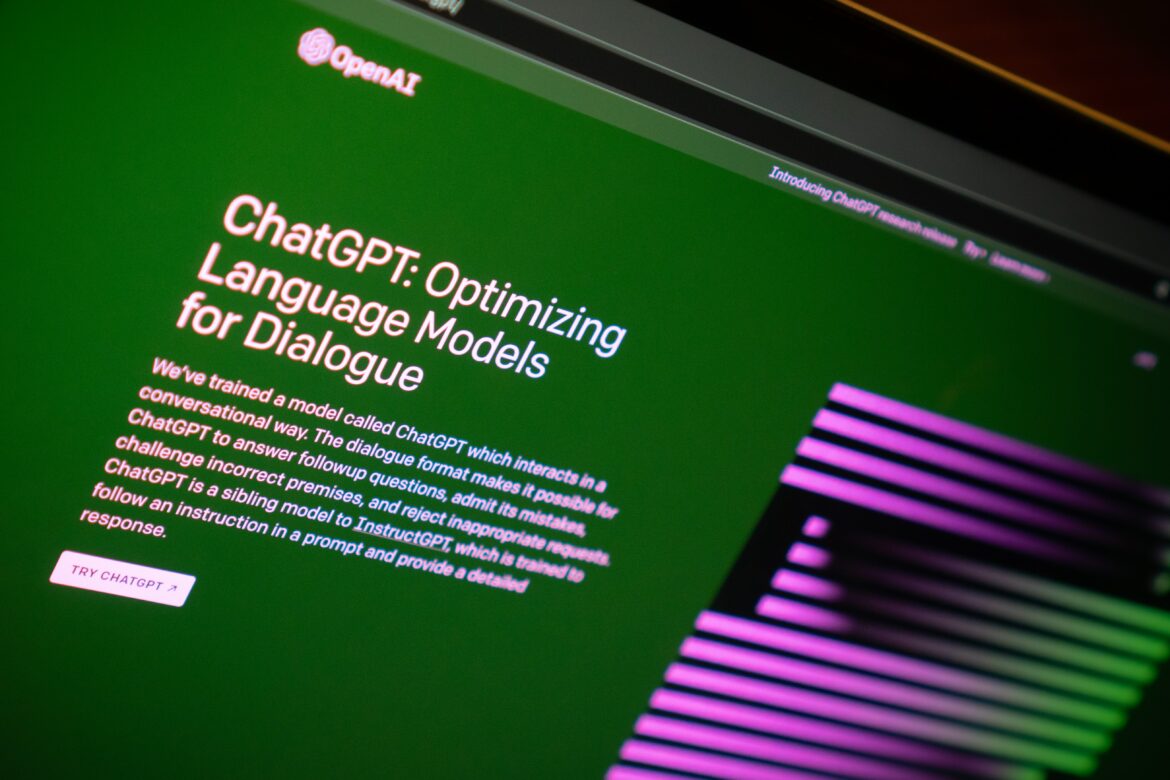You may have heard of Chat GPT, but what is ChatGPT? To answer this question, we asked ChatGPT. This is the response we got below. We asked it to explain ChatGPT in 300 words with no plagiarism. At SBA, we use Grammarly to help us improve our writing. Grammarly found 13 errors that we have not fixed.
What is ChatGPT?
ChatGPT is a large language model developed by OpenAI that uses state-of-the-art deep learning algorithms to generate natural language responses to user inputs. It was trained on a vast corpus of text data, including books, websites, and other sources, in order to learn patterns and relationships within language.
At its core, ChatGPT uses a variant of the Transformer architecture, which is a neural network architecture that is particularly well-suited to processing sequences of data. Specifically, the model uses a technique called self-attention, which allows it to attend to different parts of the input sequence at different stages of processing. This enables ChatGPT to generate high-quality responses that are not only grammatically correct but also semantically meaningful and contextually appropriate.
To generate responses, ChatGPT first receives an input from the user, which could be a question, a statement, or any other kind of text input. The model then processes this input and uses it to predict the most likely response, based on its training on a large corpus of text data.
One of the key advantages of ChatGPT is its ability to generate responses that are not just generic but also tailored to the individual user. This is because the model is designed to learn from the patterns and relationships in the language it encounters, which includes the idiosyncrasies of individual users. For example, if a user tends to use a particular turn of phrase or type of question, ChatGPT will learn to recognize and respond appropriately to these patterns.
Overall, ChatGPT is a powerful tool for generating natural language responses to user inputs. Its ability to learn from a wide range of text sources and to generate contextually appropriate responses makes it an incredibly versatile and useful tool for a wide range of applications, from customer service chatbots to conversational AI assistants.
